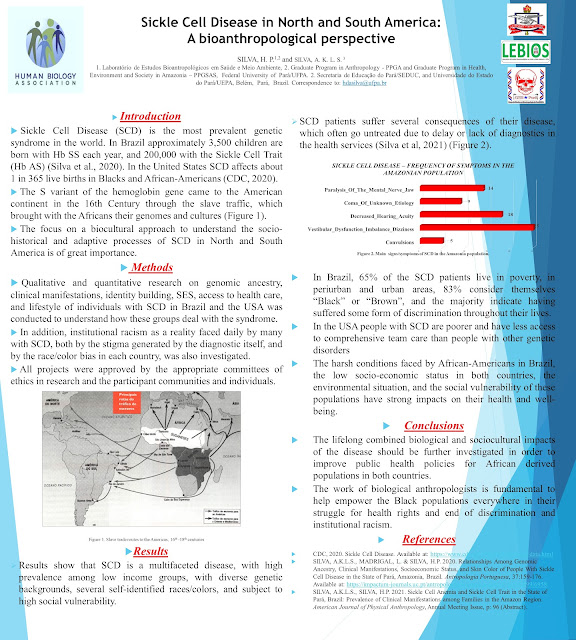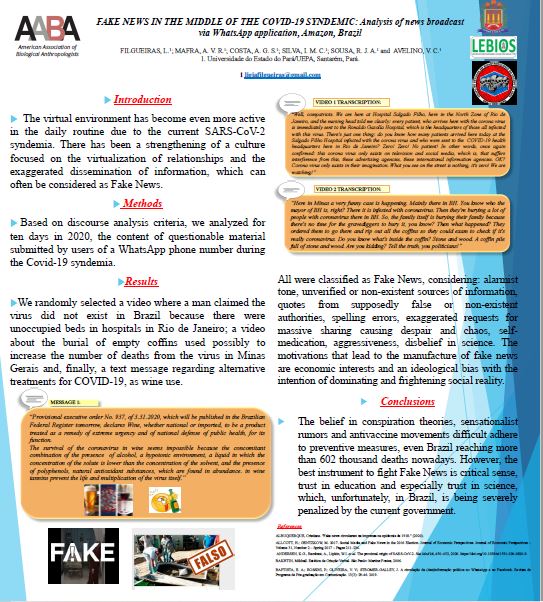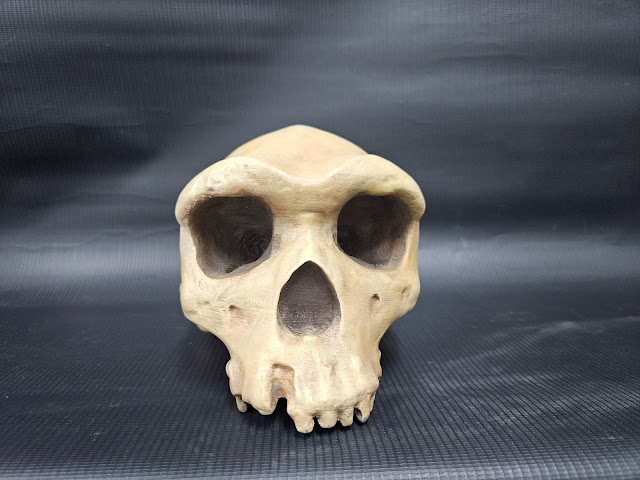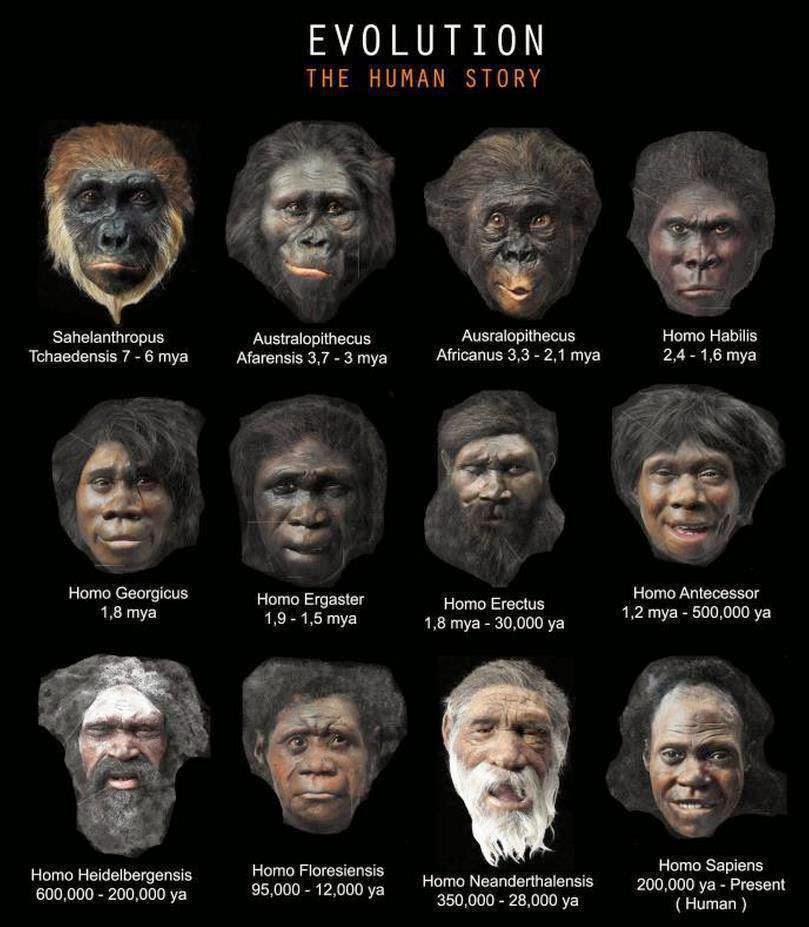Membros do LEBIOS Participam dos Congressos da Human Biology Association e da American Association of Biological Anthropologists
Este ano os membros do LEBIOS e do GEB-UEPA voltam a participar com diversos trabalhos dos dois congressos mais importantes mundialmente sobre Biologia Humana. O 47º Annual Meeting of the Human Biology Association - HBA (https://www.humbio.org/2022-annual-meeting/) e o 91º Annual Meeting of the American Association of Biological Anthropologists - AABA (https://physanth.org/meetings-and-webinars/annual-meeting-2022/), que se realizam pela primeira vez de forma híbrida, presencial e on-line, à partir da cidade de Denver, Colorado, EUA, no período de 23 de março a 1 de abril.
A HBA e a AAPA dispõem nos seus sites oficiais de uma grande gama de publicações, podcasts e informações sobre atividades em andamento, que dão aos visitantes a oportunidade de conhecer profundamente o que é a bioantropologia e como seus praticantes realizam suas atividades ao redor do globo. Vale a pena visitar.
Foram três os trabalhos aprovados no congresso da HBA e quatro no congresso da AABA, além da coordenação de uma sessão por Lígia Filgueiras e de representação internacional na Board of Directors da HBA por Hilton Silva. A grande participação paraense demonstra o reconhecimento internacional da bioantropologia realizada na Amazônia, por amazônidas, bem como o avanço deste campo no Brasil.
Alguns dos trabalhos serão apresentados virtualmente e outros serão presencialmente, na forma de pôsteres ou oralmente. Todas as apresentações são resultados de pesquisas realizadas em diversas instituições, grupos e locais da região, mas têm como metodologia comum a abordagem bioantropológica sobre seus temas. Os livros de resumos completos dos dois eventos podem ser baixados gratuitamente nos respectivos sites. Os trabalhos a serem apresentados são:

Poster HBA Sousa et al Health condition of hypertense women
Poster AABA 2022 fake news Ligia et al
Oral pathologies of late Holocene populations from Volta Grande do Rio Xingu, Amazonia, Brazil (2,240 – 248 years BP)
Letícia Morgana Müller1,2, Hilton P. Silva2,3, Renato Kipnis1
1 Scientia Consultoria Científica; 2 Programa de Pós-Graduação em Antropologia, Universidade Federal do Pará (PPGA/UFPA); 3 Programa de Pós-Graduação em Saúde, Ambiente e Sociedade na Amazônia, Universidade Federal do Pará (PPGSAS/UFPA). Coordenador do Laboratório de Estudos Bioantropológicos em Saúde e Meio Ambiente (LEBIOS/CNPq). Membro do Centro de Estudos Avançados Multidisciplinares da Universidade de Brasília (CEAM/UNB). Membro Colaborador do Centro de Investigação em Antropologia e Saúde (CIAS) da Universidade de Coimbra (UC).
Archaeological studies based on material culture in the Amazon suggest that the economy of late indigenous groups was centered on consumption of cultivated plants complemented by gathering, fishing and hunting of wild foods. However, the Amazon forest covers a very vast area, with different phytophysiognomic compositions and indigenous societies. It is hypothesized that the cultural responses and practices of different groups to the daily dietary needs will be different, and different choices will produce different marks on the bones and the teeth of these populations. In this study we approach the issue of oral health and eating through bioarchaeology, with direct observations on the oral pathologies of human remains exhumed in the region of Volta Grande do Rio Xingu (Amazonia, Brazil), during the late Holocene (between 2,240 and 248 BP). A total of 114 teeth and, when possible, bones of the mandibles and maxillae of 13 individuals exhumed from five archaeological sites were analysed. Despite the problems with poor preservation of organic material in a Tropical Forest environment, it was possible to observe a high percentage of caries, calculus, and tooth wear. These results are compared with archaeological studies of the Maracá population (ca. 500 years BP) and data on oral health from recently contacted indigenous groups from the second half of the 20th century. Results indicate that different eating habits can exist within the same type of subsistence system, and that different modes of food processing and consumption can trigger greater or lesser occurrence of oral pathologies.
The Continuous Cash Benefit (BPC) integrating the family income and the conflict with the Bolsa Família Program in the municipality of Breves, Marajó Island, Amazon Region, Brazil
Ana Flávia F Gomes1 , Ligia A Filgueiras2
1. Specialist in Education, Poverty and Social Inequality. Pará Federal University, Belém, Pará, Brazil. 2. Pará State University, Natural Sciences Department. Belém, Pará, Brazil. Email: ligiafilgueiras@gmail.com
The Continuous Cash Benefit (BPC) is a financial aid provided by the Brazilian government of a monthly minimum wage for the poor elderly over 65 or for disabled people (PcD). However, this benefit conflicts with Bolsa Família Program (PBF), as the moment the BPC is received, the PBF is canceled for any other family member. We analyzed the situation of 34 families in the municipality of Breves, Marajó Island, Pará State, Amazon, Brazil through semi-structured questionnaires on socio-economic situation. Families are low-income with low education, live in mostly wooden houses, with inadequate supply of water and sewage. 91% of families are dependent on the PBF and BPC, 76% have other source of income to complete their necessities (small businesses). 15% are totally dependent on the BPC. 38% of families receive BF and BPC; 20% BF only; 15% only BPC; 18% BPC and other income, only 9% are not part of any program, since: the medical diagnosis is recent and they have not yet received the benefit, they are under investigation or the day of inspection in the capital Belém has been lost. With the removal of the BF, 9 families are on the poverty line and only 4 are outside of it. The BPC should not be part of the family's income for the purpose of granting the Bolsa Família, as tasks pertaining to the special care these people demand (PcD/elderly) overburden family members, even being prevented from working due to the enormous responsibility, care and attention these people need.
The Determinants of Health and the Nutritional Status of Students From a City in the Brazilian Amazon
Ligia A Filgueiras1, João Paulo N Santos2, Jaíres S Guerreiro2, Flávio VJ Santa Rosa2, Juliane S Amaral2, Luciane M Souza2, Brena NB Rodrigues3, Juliana S Oliveira4, Poliana S Souza4, Roseane BT Oliveira5, Felipe A Filgueiras6, Lucas M Teixeira3, Levy C Rodrigues2, Ingrid CM Soares2, Randerson JA Sousa7, Ana Gabriela S Costa7
1. Pará State University, Natural Sciences Department. Belém, Pará, Brazil. Email: ligiafigueiras@gmail.com , 2. Pará State University, Scientific Initiation Student - PIBIC-EM, Belém, Pará, Brazil. 3. Pará State University, Nurse Graduate, Belém, Pará, Brazil. 4. Pará State University, Medicine Graduate, Belém, Pará, Brazil. 5. Pará Federal University, Collective Health Master, Belém, Pará, Brazil. 6. Pará Federal University, Mechanical Engineer, Belém, Pará, Brazil. 7. Pará State University, Medicine Graduate Student, Santarém, Pará, Brazil.
An individual's nutritional condition influences their development, but the prevalence of unhealthy eating habits or the determinants of health alter nutritional balance and trigger several health complications. This study aimed to analyze the nutritional status of students from a public elementary and high school in a neighborhood on a violent outskirt of Belém, Pará State, Brazil. Along with anthropometric measures, an epidemiological and food census was applied, as well as an individual clinical evaluation. Discourse analysis, Z-Score and descriptive statistics were considered. 55 students were measured, 30 female and 25 male, with an average age of 13 years old, average BMI of 19.66 for the female group and 19.38 for the male, with 4% of the boys having “severe delay”, while 3.7% of girls reported a “delay” in their growth. 13.3% of girls and 25% of boys drink alcohol. We also identified some students who self-mutilated and a male student who had already presented high blood pressure. Unfortunately, we could not manage to contact with their guardians. The community, due to previous misguided experiences and violence, showed certain distrust in our study and sometimes they did not know what a health survey was, despite all invitations to meet our stuff. Despite all this, students showed general physical status without major complications, there were no obese individuals, but there is a potential risk for the condition, however, because it is a peripheral area, the quality of life of students can allow the processing of other nutritional diseases, such as malnutrition.








Comentários
Postar um comentário